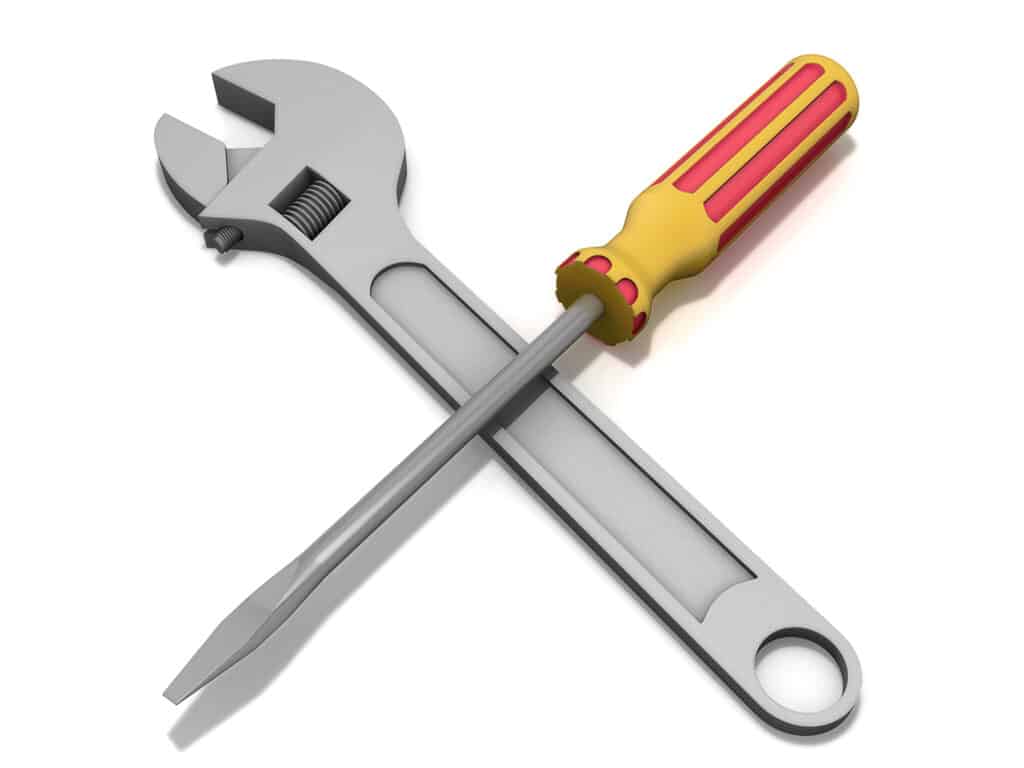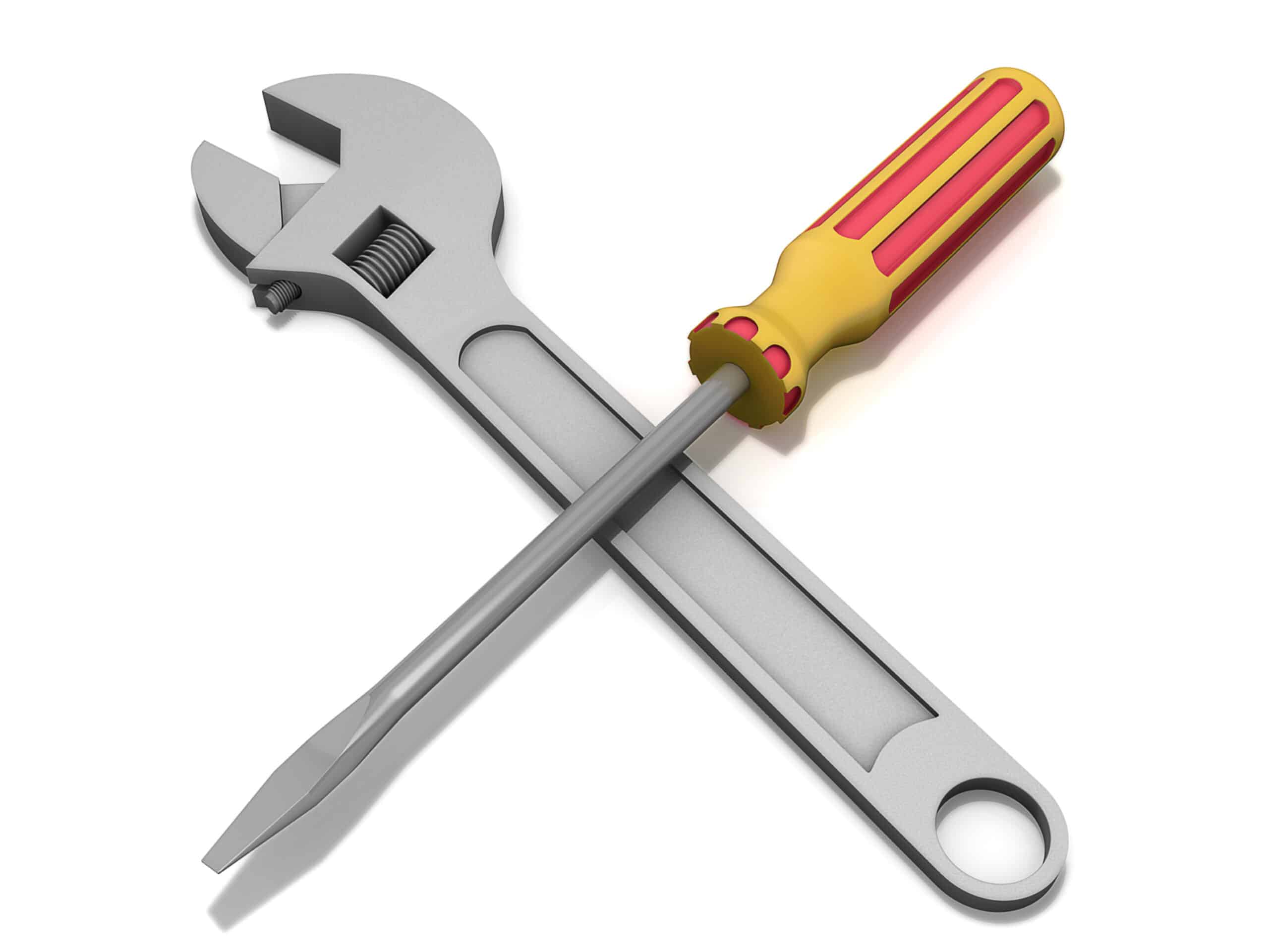
When I first started driving and learning about cars, it baffled me when older guys would pine for older cars. Classics, they called them. I was puzzled because most of them drove newer cars and loved them. What I came to realize was that what they missed was not the performance of the older cars as much as how those earlier model cars were easier to fix than the contemporary ones. They would say that a screwdriver and a wrench were all you needed to troubleshoot most problems and keep those cars on the road. This could also be said for many other systems and devices—including TIG welding equipment.
Times have changed, though, and orbital welding equipment is more complicated than a manual TIG setup. Yet, as always, good troubleshooting is also necessary to keep your welding equipment in good working order. Let’s take a look at some of the common problems that an orbital TIG welder might encounter. Then, we will establish a set of guidelines for troubleshooting a TIG welder in order to get the best service and reliably produce good welds.
Most Common Orbital TIG Welder Issues
Traditionally, TIG has been a highly specialized type of manual welding that requires experience to master. Even experienced welders are challenged by the various positions and mechanical dexterity that TIG welding requires, such as during overhead pipe welding. Potential exposure to harmful gases and radiation, as well as the need at times to weld in a tight, enclosed space, only adds to the difficulty and underscores the need for orbital welding, which allows operators to make adjustments to the welding process from a safe distance.
Although inherently safer than manual welding, there are hazards involved in orbital welding. Being aware of these hazards and taking steps to mitigate them should always be the first concern when using or troubleshooting TIG welding equipment. The most common issues are listed below.
Orbital TIG Welder Issues
- Arc won’t start
- Unstable arc
- Arc wandering
- No arc power
- Fast burn up (tungsten)
- Contamination
- Discoloration (tungsten)
- Discoloration (weld bead)
- Grainy weld
- Sugaring (or oxidation around weld)
The above are common issues that you are likely to encounter with your orbital TIG welding equipment. Fortunately, with good troubleshooting, as discussed in the next section, these problems can usually be readily solved.
Guidelines for Troubleshooting a TIG Welder
The best ways to avoid having to troubleshoot an issue with your orbital TIG welder are to develop a maintenance schedule and an effective preventive maintenance program. These maintenance tools will help keep your equipment in good working order for longer intervals. However, there will likely be times when immediate issues arise that will require you to troubleshoot your TIG welder. When doing so, you should follow a few simple rules:
General Rules for Troubleshooting
- Start with the most general or obvious possible cause.
- Divide larger systems into smaller units and test inputs and outputs.
- For electrical paths, start at the center and continually divide until the source is isolated.
- Replace minor, less expensive parts before major, more expensive ones.
Following these simple rules can save you time and money. Additionally, an understanding of the possible root causes of equipment issues is also important.
Understanding Root Causes for TIG Welder Problems
There is no substitute for equipment knowledge when troubleshooting. This includes understanding what the potential root causes are for common TIG welder issues, as presented in the table below.
TROUBLESHOOTING YOUR TIG WELDER |
| Issues | Possible Root Causes |
| Arc won’t start | No shielding gas, open weld circuit, connections, wrong electrode type. Tungsten is worn/contaminated |
| Unstable arc | Wrong weld circuit polarity, base metal/electrode contaminated, frequency too low, wrong shielding gas.Tungsten is worn/contaminated |
| Arc wandering | Wrong gas flow, balance control incorrect, electrode preparation or worn, improper gas flow. |
| No arc power | No shielding gas, open weld circuit. |
| Fast burn up (tungsten) | Insufficient gas flow, wrong electrode polarity, too much torch heat, current doesn’t match tungsten size. |
| Contamination | Tungsten touching or melting into weld puddle. |
| Discoloration (tungsten) | Wrong shielding gas or flow rate too low, incorrect electrode size. Minor coolant leak, or gas leak. |
| Discoloration (weld bead) | Hoses bad, loose fittings, base or filler metal contaminated, insufficient gas flow. |
| Grainy weld | Wrong filler metal type or properties. |
| Sugaring (or oxidation around weld) | Amperage too high. |
Manufacturers will often include tips, similar to the above, for common issues that may arise with their equipment, and these should be taken advantage of, if available. Likewise, it is highly recommended that you establish a relationship with your equipment manufacturer or supplier and collaborate as necessary. Doing so will not only assist you in efficiently troubleshooting your TIG welder, but it will also ensure that you do not invalidate any warranty, which could be costly.
At Arc Machines, Inc., we specialize in delivering high-quality, precision orbital TIG welding equipment and service to our customers. For inquiries regarding products, contact sales@arcmachines.com. For service inquiries, contactservice@arcmachines.com. Arc Machines welcomes the opportunity to discuss your specific needs. Contact us to arrange a meeting.





